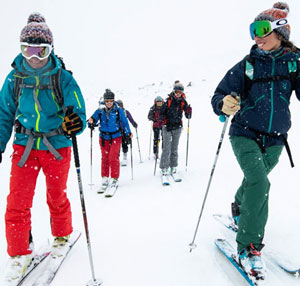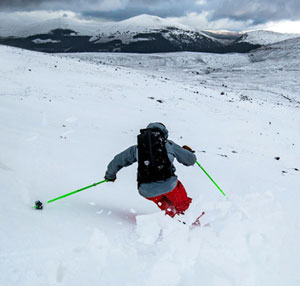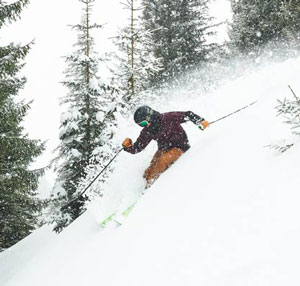Kitzbühel: The Backcountry Proving Ground
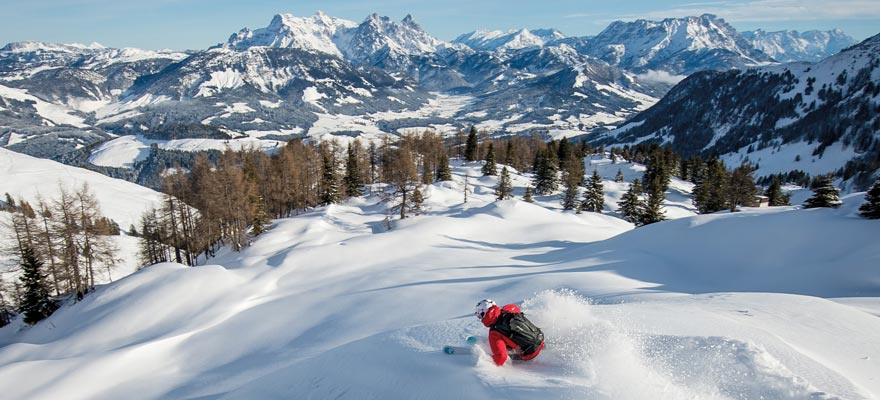
Image: Kitzbühel Tourismus
Kitzbühel is most famous as the site of the legendary Hahnenkammrennen - a.k.a. the big daddy of all downhill races - but it’s also something of a paradise for freeskiers, with a tradition stretching back more than 120 years. Franz Reisch, arguably Kitzbühel’s first freerider, skied down the Kitzbüheler Horn back in 1893 - and the resort has been attracting thrill-seeking powderhounds ever since.
WHAT MAKES IT SPECIAL?
In a word: access. Arranged over five separate mountains, Kitzbühel has more lifts than you can shake a stick at (well, 57) offering an incredible amount of lift-access terrain.
The ski area is one of the biggest in Austria, offering more than enough to exhaust even the most iron of legs during a week here. From high alpine terrain, to cliff bands, to tree runs further down, Kitzbühel’s lift-accessed terrain has it all - and that’s before we even start talking about the touring.
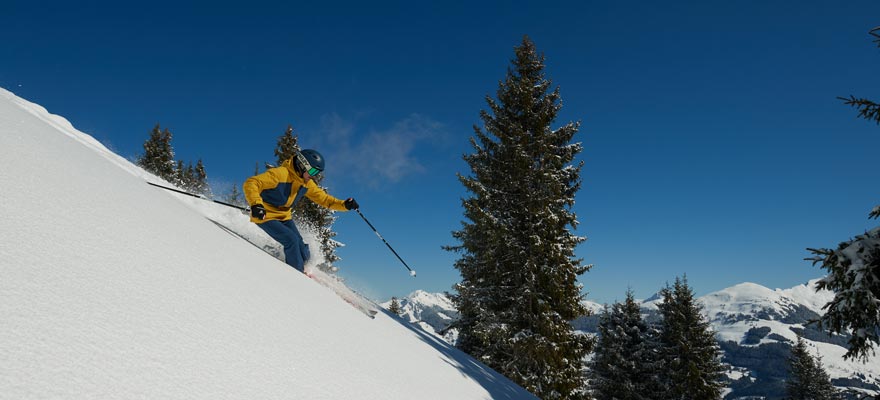
There’s a dedicated ski touring area at the top of the Bichalm - all of it avalanche controlled and patrolled, making it the perfect place for first-time tourers to practise, or more experienced skiers to get their turns in after a big new dump. A lift takes you up, and there’s a snow cat which seats nine, to carry you the last few hundred metres to the 1,888m summit of the Stuckkogel. From there (if you’ll excuse the terrible pun) you won’t be stuck for options - there’s a whole plethora of lines snaking down from the summit in all directions.
TRULY TESTING TOURS
On the neighbouring 2,000m high Kitzbühel Horn peak, the resort has created what they call a naturschnee paradies - a natural snow paradise - which more than lives up to its billing. Again, it’s un-pisted but patrolled, allowing you to put in your skin tracks and pick your lines with that extra bit of reassurance.
Above the village of Kitzbühel itself, the Asten piste is kept open for ski tourers late into the evening, allowing you to tackle the Hahnenkammrennen course in the evening too, should you still have the legs for it. Be warned though, the Streif run on which the races have been run since 1931 hasn’t earned its fearsome reputation for nothing.
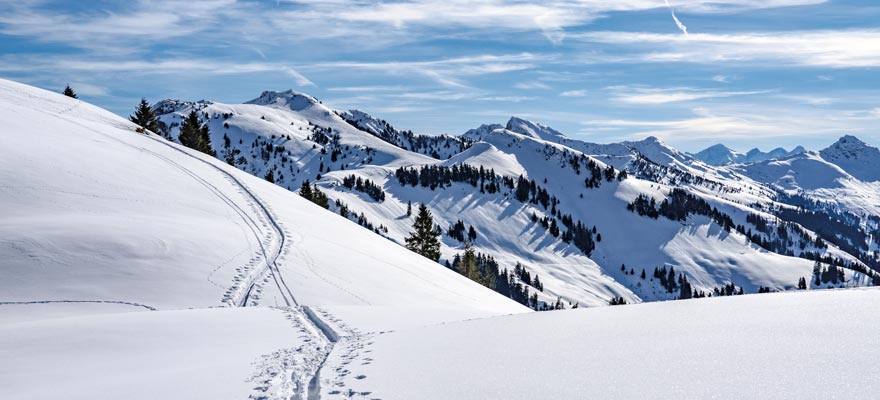
This course doesn’t so much separate the men from the boys as the heroes from the superheroes. It was here that Franz Klammer, arguably the greatest downhill ski racer ever, cemented his reputation by winning a record four times. It was here that Hermann Maier earned his reputation as ‘The Herminator’, and the Frenchman Jean-Claude Killy proved that he was truly worthy of all his titles. It’s widely accepted that a win on the Streif is worth more to ski racers than Olympic gold, but even making it down is an achievement. The list of career-ending crashes here is almost as famous as the list of winners
If you’re doing it properly (i.e. skiing to a race standard) you’ll be reaching speeds of up to 90mph down the two-mile run, heading down 40-degree gradients, flying over 60m jumps and tackling sketchy off-camber turns.
Obviously, everyone can take it at their own pace, but the key sections, such as the Mausefalle (mousetrap), Steilhang (steep slope) and Hausbergkante (local mountain edge), are classified as ‘extremely difficult ski runs’, and are often very icy. If you’ve got the minerals to tackle it, head up piste number 20, which is kept open for tourers until 10pm each day.
Usually, by this time, the piste bashers are out, working hard to prepare the slopes for the next day. But they’re well used to keeping an eye out for ski tourers - and giving them a gladiatorial salute as they head off to slay on the beast.
LET’S TALK ABOUT THE TOWN
This is one of the most stylish ski resorts anywhere in the world, with a centuries-old medieval quarter filled with swanky boutiques, swish hotels, and sophisticated patrons.
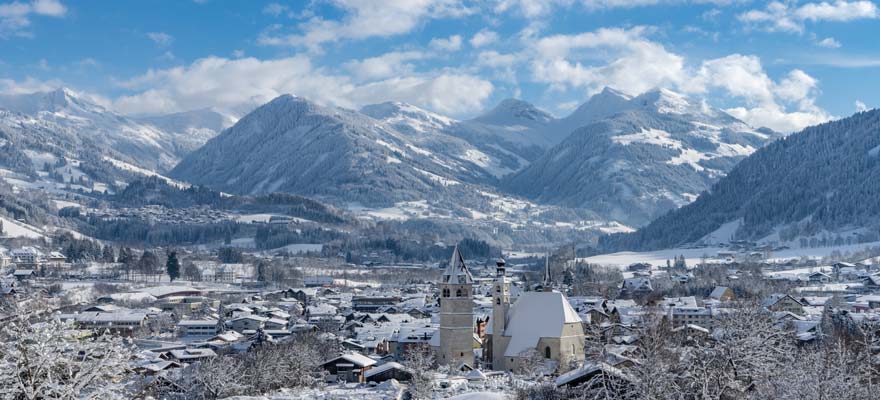
Kitzbühel is also truly blessed when it comes to eating out. Restaurants range from fine dining (with the Neuwirt at the top of the tree) to cheap and cheerful. Some 13 restaurants with 21 Gault & Millau accolades between them are enough to make any gourmet heart beat a little faster. If you’re looking for something a little more down-to-earth, try one of the 60 or so mountain huts or the traditional inns down in town.
When it comes to evening activities, there’s plenty to do once the slopes shut: the Aquarena pools for a dip and you can try curling, tobogganing, even watch some snow polo. Good rail links mean a day trip to Salzburg or Innsbruck are even on the cards, if you fancy exploring Austria a little further.

